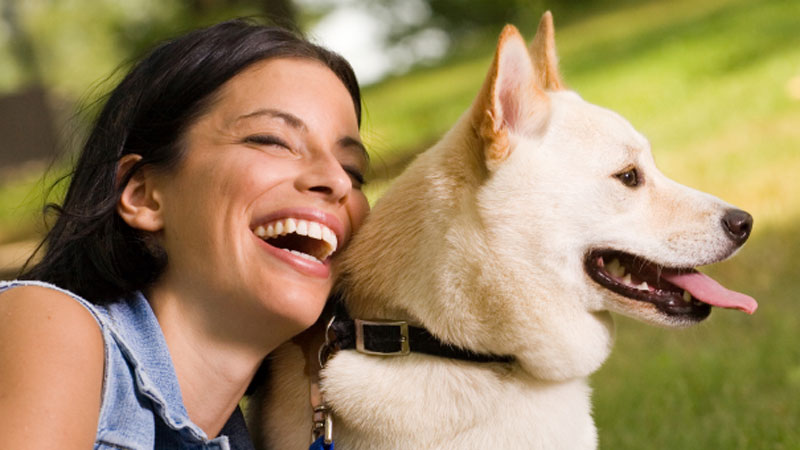Raw Diets
Raw meat-based diets (RMBD) have become increasingly popular in recent years stemming from pet owners hoping to feed domestic dogs in a similar way to their wild counterparts. RMBD are made from uncooked muscle meat, bone and organs from mammals, fish and poultry with additional fruit and vegetables.
Dogs certainly can eat raw diets, but it is difficult to ensure they get a complete and fully balanced diet. This is especially important in rapidly growing puppies that need additional nutrients for bone and muscle growth. They also tend to have more sensitive digestive systems and weaker immune systems. The latter also applies to senior dogs.
Cooking meat and carbohydrates makes food more digestible so more of the nutrients are available for absorption. So, a RMBD can increase your dog’s risk of a nutritional deficiency. Make sure you choose a commercially prepared RMBD that has been formulated according to the World Small Animal Veterinary Association guidelines and should be from a DEFRA registered producer.
Raw food does pose a health risk for you and your dog. Raw meat is likely to contain harmful bacteria such as Salmonella, E. coli and Listeria. These are usually killed by cooking the meat. Bacteria are not killed by freezing. There is increased risk from handling the food, contaminating kitchen surfaces, allowing your dog to lick your face, and cleaning up faeces. For this reason, it is advised against feeding RMBD if you have an immune compromised member of the household e.g. young children, pregnant women, elderly people, or anyone receiving chemotherapy. Raw meat can also contain parasites such as Protozoa and worm cysts. These are killed by freezing at -20 degrees for 3 days so should not pose a problem as long as the food has been properly prepared. This is another reason to obtain RMBD from a registered producer.
High quality raw diets can be expensive compared to other commercially produced pet food. Be cautious with cheap alternatives as they may not meet the high hygiene standards required to safely feed your pet. RMBD are difficult to store so either need to be purchased every other day or stored in a designated freezer at your home. Food should be defrosted daily as it is required. Avoid using microwaves as this causes uneven thawing meaning some parts would be heated to unsafe temperatures while other parts remain frozen. Once defrosted food can be kept in the fridge for up to 24 hours but should be kept in a secure container, so it does not compromise the safety of any human food. Thawed food should never be re-frozen. You should have designated cutlery and bowls for the RMBD. Use metal or glass equipment; bowls, and surfaces as wooden or plastic can develop cracks which harbour bacteria. Wash hands thoroughly after handling the raw food.
Many owners that use raw food often claim to see major health benefits including improved skin and coat, fewer less smelly poos and better teeth. Sadly, there has been no thorough scientific study on the health benefits of feeding a RMBD compared to a commercially prepared cooked diet. Similarly, there are no up to date studies on the specific spread of infectious agents through RMBD. For this reason, your vet may well be reluctant to advocate a RMBD simply because there is little scientific evidence to back up the claims.
If you do want to try feeding a RMBD, then take the hygiene considerations seriously. Purchase from a registered manufacturer and always swap your dog’s diet over slowly preferably over 2 weeks.


